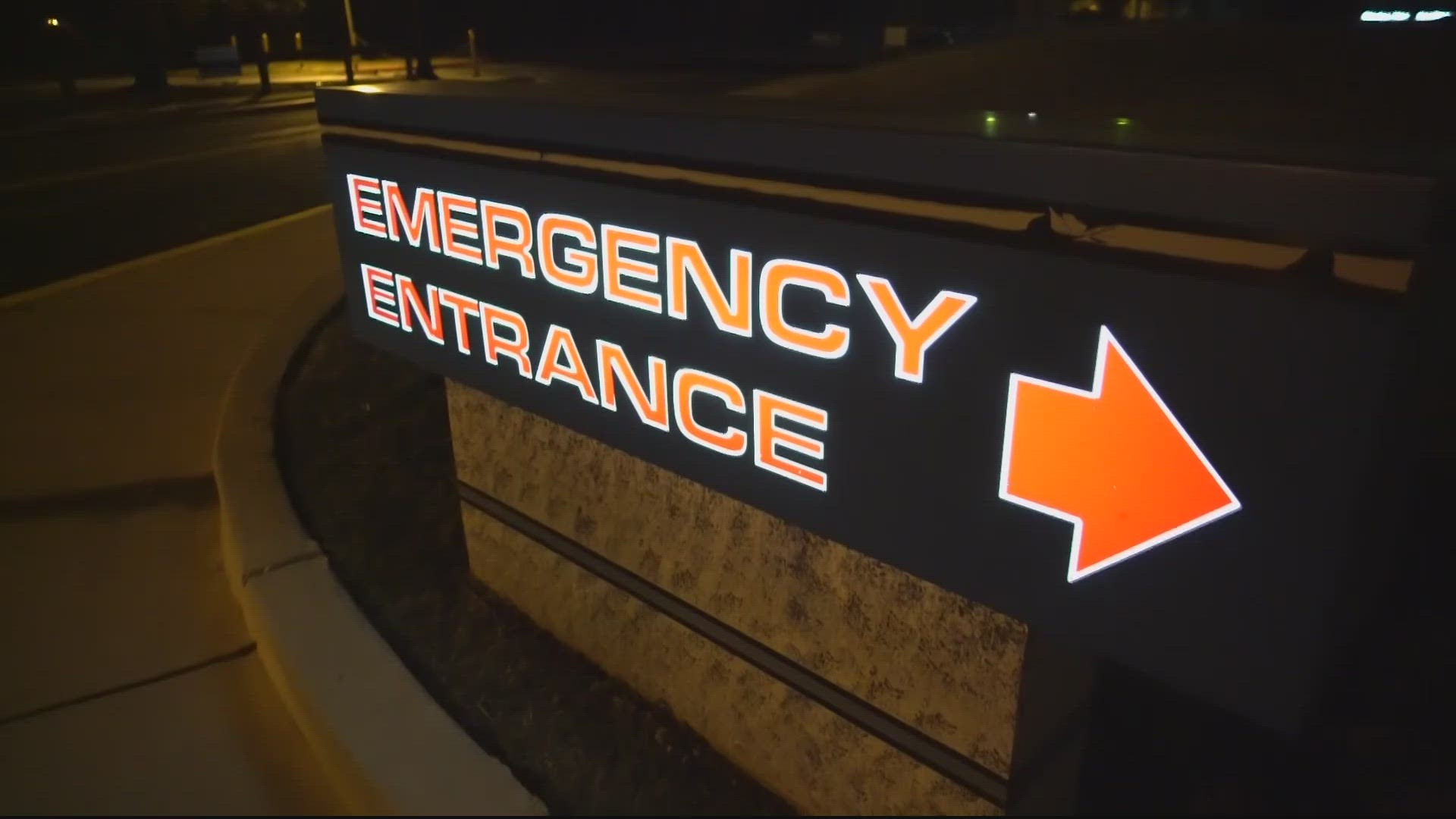WASHINGTON — As gun violence is again on the rise in the District, D.C.'s Department of Health is working to get the full scope of these injuries through a new dashboard.
It's called FASTER, and stands for Firearm Injury Surveillance Through Emergency Rooms.
“I think it's important, because not all firearm injuries are attached to a criminal complaint or prosecution," said Kenan Zamore,Senior Research Epidemiologist for DC Health. "We have accidental injuries, we have unintentional injuries. So those were not really being counted, because there's no suspect in that case. So I think this is a truer universe of the amount of gun injuries.”
The dashboard not only shows the number of firearm injury emergency room visits to date and over time, but it also breaks down the demographics of who has been injured by ward, gender, and race.
Right now, with data available through May 2023, it shows an 18% increase in firearm injury visits from the same time last year.
“It's frightening, it's cause for concern. It's also cause to unify and how we're going to deal with this problem," Zamore said.
That increase lines up with what trauma surgeon and Medical Director for Washington Hospital Center's Community Violence Intervention Program, Dr. Erin Hall, has been seeing.
“It is always tricky to ask a trauma surgeon how busy you are," Dr. Hall said. "I do have to say that the pace has felt unrelenting this year, that we are all in the midst of it really fighting.”
The new data has helped them better prepare, because it also shows what day and time these firearm injuries come into the ER.
“It enables us to change our workforce to ebb and flow with when the most likely time for the most amount of gun injury or firearm injuries are," Dr. Hall said. "And so we've been able to up staff during the afternoon, for instance, and early evening into like 11 p.m."
Both hope, in the long run, this new info helps to inform change.
“My goal is really just to address trauma at the community level," Zamore said.
“What I'm also very excited about is in the future, how can we see that we're actually making an impact," Dr. Hall said. "Because they think with so many of these interventions, we want to be effective, we want to make sure that we're delivering on what we think we are. And the only way we can do that is with accurate data.”
There is still a gap in the data they hope to close in the future: tracking how many times the same person is coming to the ER with a gun injury.
A violent injury is one of the biggest risk factors for another violent injury, which Dr. Hall says is the bedrock of these hospital-based violence intervention programs.
Being able to monitor that information across hospitals will give officials the best shot at preventing injuries from turning into fatalities.

